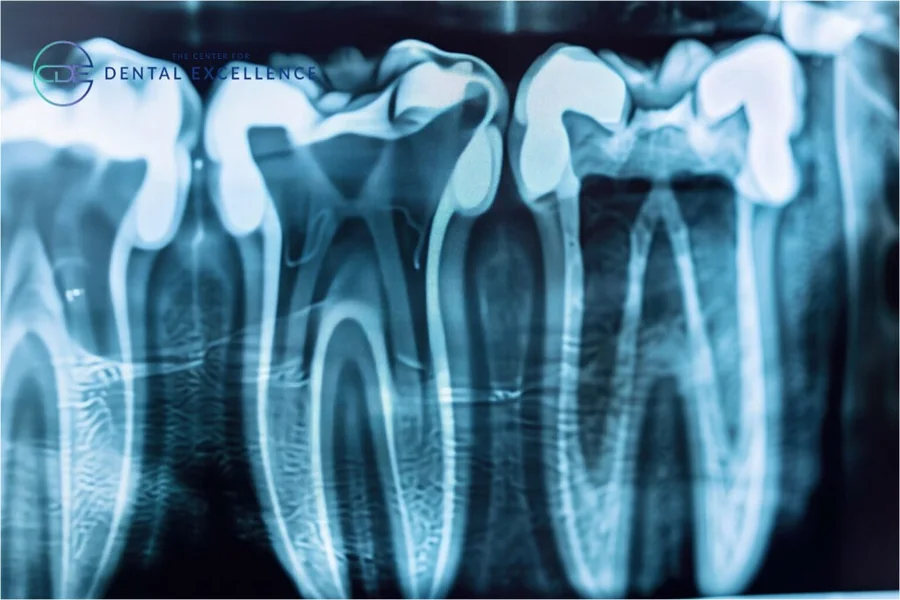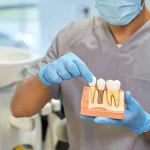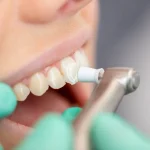Understanding the tools used by your dentist can bring comfort and clarity. X-rays are a crucial part of general dentistry. They reveal what the eye cannot see. Dentists use them to spot problems early. This can save you time and discomfort later. An Indianapolis dentist knows that early detection can prevent bigger issues. X-rays help in examining the teeth roots, jawbone, and even cavities. They show hidden problems that can affect your health. Some people worry about radiation. But the risk is low. Dentists take steps to protect you. Lead aprons and fast techniques are used for safety. Regular X-rays are a part of routine care. Catching problems early is possible with their help. Embrace the role of X-rays in maintaining a healthy smile. Remember, your dentist is there to guide and support you. They have your best interest in mind. So, listen to their advice carefully.
Types of Dental X-Rays
Dental X-rays come in different forms, each serving a unique purpose. Understanding these can help you feel at ease during dental visits.
- Bitewing X-rays: These show the upper and lower back teeth. Dentists use them to look for decay between teeth. They also help check bone density.
- Periapical X-rays: These focus on a few teeth from root to crown. Dentists use them to check for issues at the root or surrounding bone.
- Panoramic X-rays: These capture the whole mouth in one image. Dentists use them to see the entire jaw structure, sinus areas, and more.
Why Dentists Use X-Rays
X-rays are essential in preventing larger dental problems. Dentists rely on them to:
- Find cavities that aren’t visible during an exam.
- Check for gum disease and capitalsreport monitor bone loss.
- Assess the health of tooth roots and surrounding bone.
- Plan for treatments like braces, implants, and dentures.
Safety and Radiation Concerns
Radiation exposure from dental X-rays is low. Steps are taken to ensure safety. The American Dental Association provides guidelines for minimizing exposure. Lead aprons and collars protect vital organs. Digital X-rays further reduce radiation exposure. Always share concerns with your dentist. They will adjust the frequency based on your health needs.
Comparison of X-Ray Types
| Type | Coverage | Purpose |
|---|---|---|
| Bitewing | Upper and lower back teeth | Check for decay between teeth |
| Periapical | Individual teeth from root to crown | Examine roots and surrounding bone |
| Panoramic | Entire mouth | Evaluate jaw structure and tooth position |
When Are X-Rays Recommended?
The frequency of X-rays depends on several factors, including age and dental health. Children may need them more often to monitor growth. Adults with ongoing dental concerns might also require regular imaging. The Centers for Disease Control and Prevention recommend discussing your X-ray schedule with your dentist.
Advancements in X-Ray Technology
Dental technology continues to evolve. Digital X-rays are now common in many practices. They offer quicker results and less radiation. This means faster diagnoses and treatment planning. Innovation in dental imaging enhances patient care and safety.
Conclusion
X-rays play a vital role in dental health. They help detect problems early, making treatment easier. Your dentist uses them to create a complete picture of your oral health. With advancements in technology, X-rays continue to be safe and effective. Trust in the process and communicate openly with your dentist. They are committed to preserving your smile and well-being.







